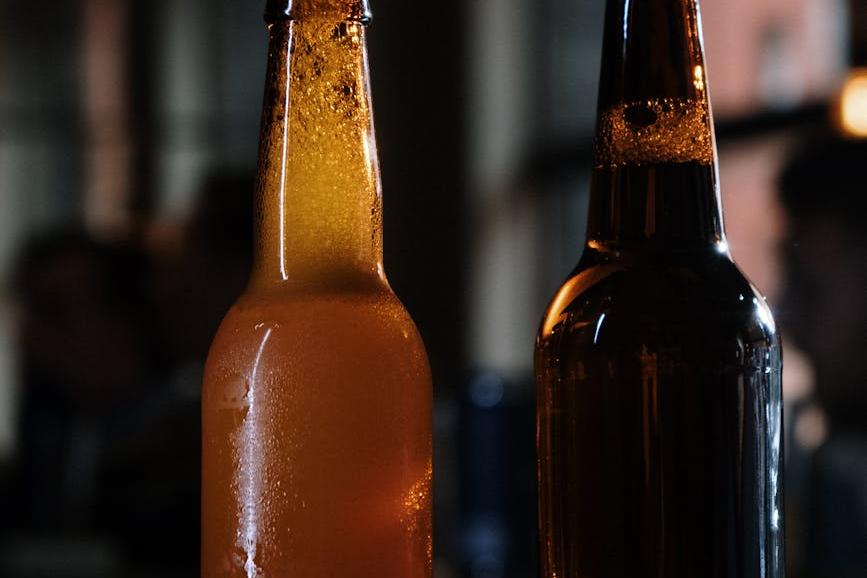- Shanghai Zhongshen International Trade Co., Ltd. - Two decades of trade agency expertise.
- Service Hotline: 139 1787 2118
Tea, as one of the worlds most popular beverages, is cherished not only for its unique taste and aroma but also for its rich cultural and historical significance. With the continuous development of international trade, imported tea has gradually entered households, becoming a part of peoples daily lives. However, many may still have questions about the classification of imported tea. If you areforeign tradea practitioner, you must understand the importance of accurate customs classification forimport and exportyour business. Incorrect classification can lead to customs delays, additional costs, and legal risks. Today, we will provide a detailed analysis of the customs classification codes and declaration requirements for imported tea, helping you easily navigate the classification process in your import and export operations.

I. Major Imported Tea Categories and Classification Overview
Scented Tea
Scented tea utilizes tea leaves ability to absorb aromas. Fresh flowers are mixed with new tea leaves, allowing the tea to absorb the floral scent before the dried flowers are sieved out. The resulting scented tea has a strong fragrance and deep-colored liquor. Jasmine tea is the most renowned variety.
Classification Suggestion: Jasmine tea should be classified under HS codes 0902.1011 or 0902.2011 based on packaging specifications; other scented teas under HS codes 0902.1019 or 0902.2019.

White Tea
White tea gets its name from the silvery-white down covering its young buds. With minimal processing involving only sun-drying or gentle heat, it retains intact buds with fresh aroma, clear yellowish-green liquor, and a mild, sweet aftertaste.
Classification Suggestion: Should be classified under HS codes 0902.1020 or 0902.2020 based on packaging specifications.
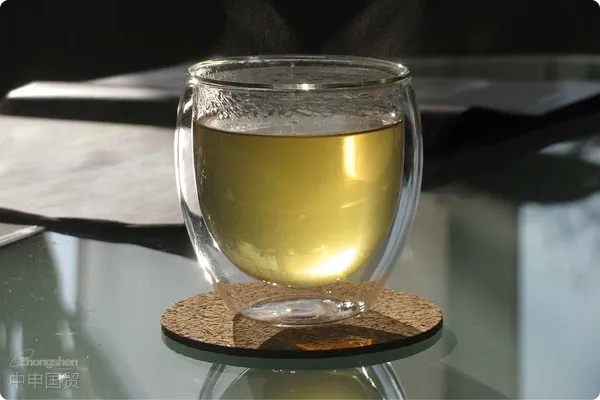
Green Tea
Green tea is unfermented tea made through processes like fixation, rolling, and drying. It retains over 85% of natural compounds like tea polyphenols and caffeine, about 50% of chlorophyll, with minimal vitamin loss, resulting in its characteristic clear liquor, green leaves, fresh aroma, and brisk taste.
Classification Suggestion: Should be classified under HS codes 0902.1090 or 0902.2090 based on packaging specifications.
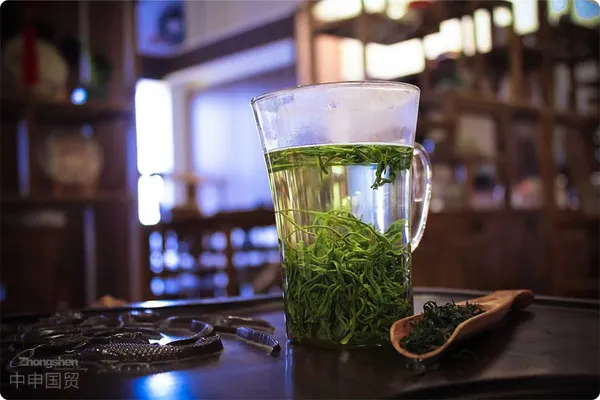
Oolong Tea
Oolong tea is semi-fermented, uniquely Chinese. Processed through withering, shaking, fixation, rolling, shaping, and drying, its leaf edges turn red during shaking, creating distinctive aroma.
Classification Suggestion: Should be classified under HS codes 0902.3010 or 0902.4010 based on packaging specifications.
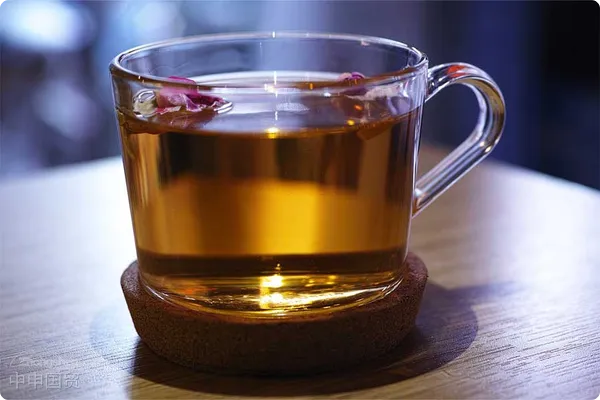
Dark Tea (Hei Tea)
Dark tea is fermented through fixation, rolling, pile-fermentation, and drying. With coarse leaves, dark color, and mellow aged flavor, ripe Pu-erh is its most famous variety.
Classification Suggestion: Ripe Pu-erh should be classified under HS codes 0902.3031 or 0902.4031; other dark teas under HS codes 0902.3039 or 0902.4039 based on packaging specifications.
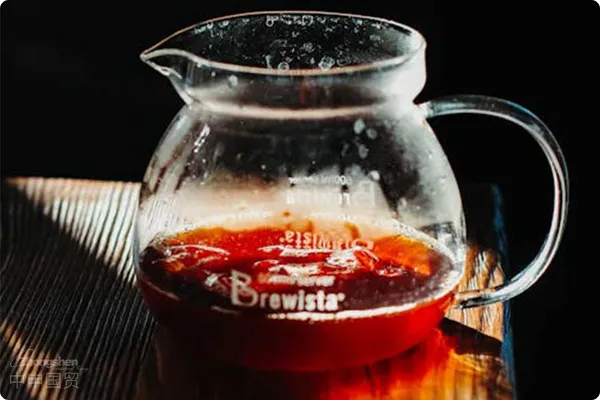
Black Tea
Black tea is fully fermented through withering, rolling, oxidation, and drying. Enzymatic oxidation produces theaflavins and thearubigins, creating red leaves, red liquor, and sweet malty flavor.
Classification Suggestion: Should be classified under HS codes 0902.3090 or 0902.4090 based on packaging specifications.

II. Standardized Declaration Requirements
According to Chinas 2024 Customs Import/Export Commodity Tax Declaration Specifications, tea import declarations require:
Processing/Preservation Method
When declaring, specify the production or preservation method. For example, under heading 09.02, declare as unfermented, semi-fermented, or fermented.
Net Weight per Inner Package
Refers to the net weight of each item in its inner packaging, excluding outer packaging. For example, under heading 09.02, if a paper box contains 10 tea bags each weighing 30g, declare 30g/bag.
Brand (Chinese & Foreign Names)
Refers to brand marks added by manufacturers or distributors. Both Chinese and foreign brand names must be declared. For example, under HS code 0902.1090 for green tea, declare Brand: Awastea (Ahuashi).
III. Easily Misclassified Teas
Did you know? Many products contain tea in their names, like peppermint tea, but dont fall under heading 09.02. Why? Lets explore:
Per the Explanatory Notes to the Harmonized System for heading 12.11, certain plants or plant parts (including seeds and fruits) may be packaged as herbal infusions or herbal teas. Products consisting of a single plant or plant part (e.g., peppermint tea) remain classified here. Thus, peppermint tea belongs under heading 12.11.
Verify if herbal teas contain only heading 12.11 botanicals. Single-ingredient products (e.g., Rooibos tea under 1211.9039) stay in 12.11, while blends (e.g., orange-apple-ginger tea under 2106.9090) move to 21.06. Phytosanitary certificates may help determine botanical classification.
Summary
Through the above introduction, we believe everyone has gained a deeper understanding of tea classification for imports. When importing tea, we should strictly comply with relevant regulations and requirements to ensure tea quality and safety. At the same time, we can better enjoy the pleasure of tea tasting by learning more about tea knowledge. Lets navigate foreign trade business with ease this summer!
Related Recommendations
Category case
Get in Touch
Email: service@sh-zhongshen.com
Related Recommendations
Contact via WeChat

? 2025. All Rights Reserved. Shanghai ICP No. 2023007705-2  PSB Record: Shanghai No.31011502009912
PSB Record: Shanghai No.31011502009912




